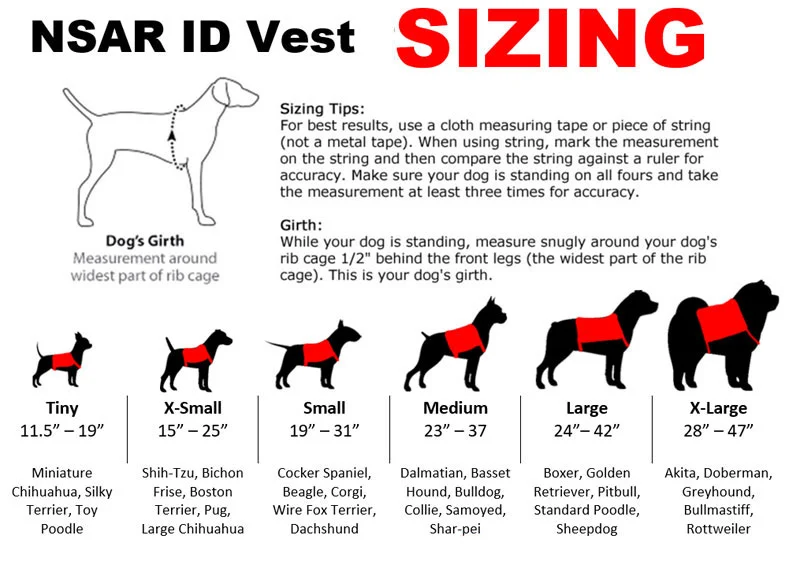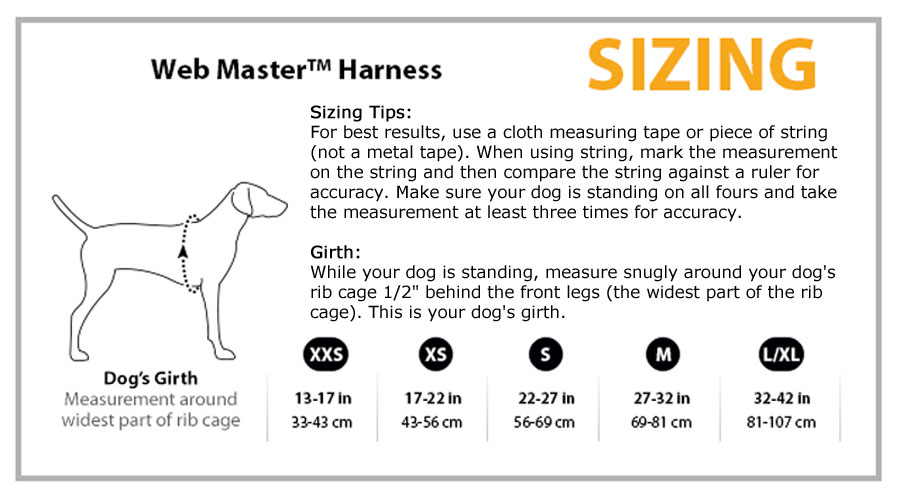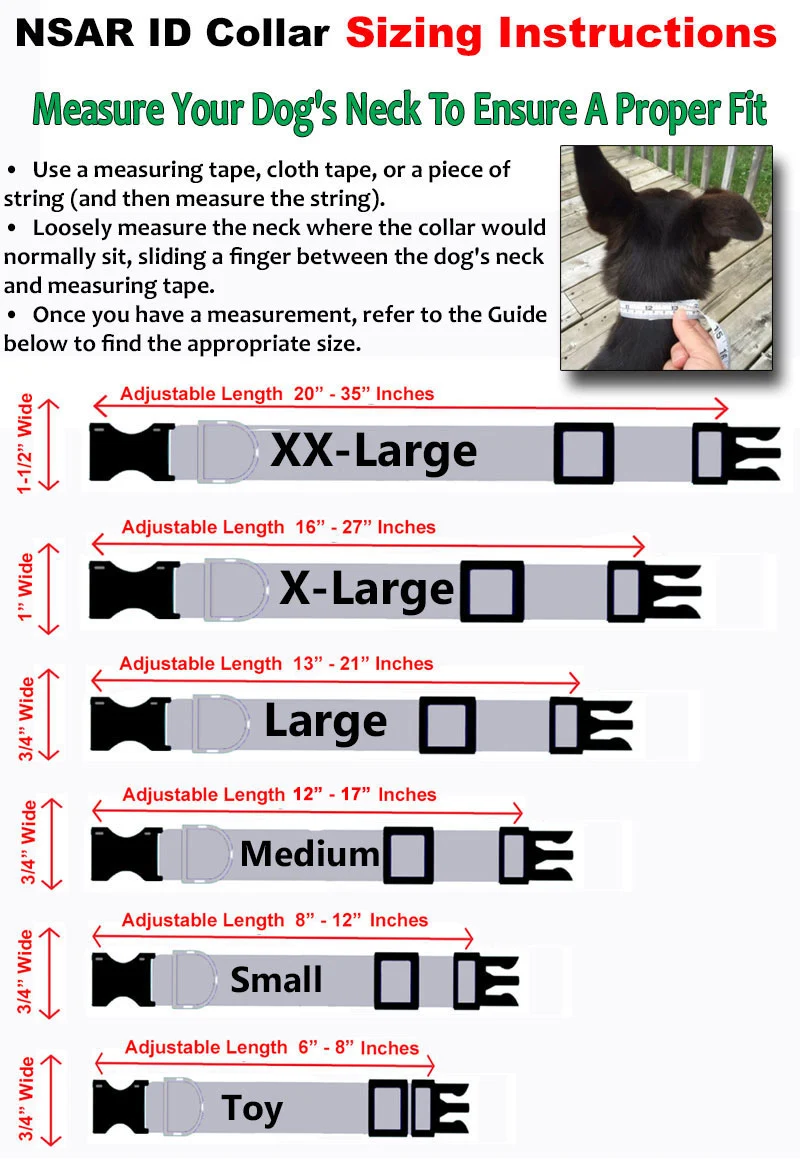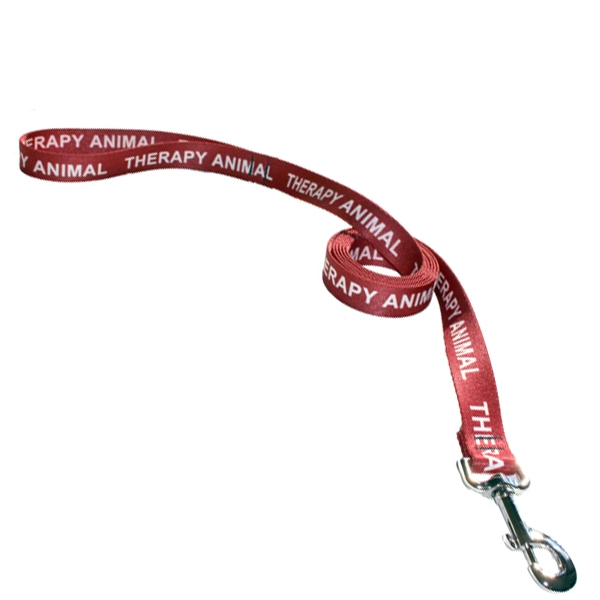
🐾 Why Register Your ESA?
If you already have a valid ESA letter from a licensed provider, you’ve taken the most important step toward protecting your rights under the Fair Housing Act (FHA). That letter ensures landlords must accept your Emotional Support Animal (ESA) and cannot charge pet deposits or monthly pet rent.
But here’s the reality: while an ESA letter is legally required, many people run into confusion or pushback when submitting it. Property managers may hesitate, campus housing may stall approvals, and some landlords simply don’t understand the law.
That’s why thousands of ESA owners choose to register their ESA with photos and ID through trusted services like NSAR (National Service Animal Registry).
Registration isn’t required by law — but it provides:
- 🪪 Photo ID & Registration Certificate → Gives your ESA immediate credibility.
- 📲 Digital Copies → Accessible on your phone when landlords ask for proof.
- 🐕🦺 Vest & Patches → Helps avoid confrontation by making your ESA recognizable.
- 🔍 Database Listing → Easy verification for property managers and schools.
👉 Think of your ESA letter as your legal foundation, and registration as the proof that makes daily life smoother.
📝 Step 1: Get a Valid ESA Letter
Before you can register your ESA, you must have a legitimate ESA letter. Without it, your animal is legally just a pet — and registration won’t give you housing rights.
✅ What Belongs in a Real ESA Letter
- Provider’s full name and credentials (psychologist, psychiatrist, LCSW, LPC, LMFT, etc.)
- License type, number, state of issuance, and expiration date
- Contact details (phone/email/office address)
- Date of issuance (within 12 months)
- Statement confirming your animal alleviates symptoms of a mental/emotional condition
- Signature on official letterhead
🚩 Red Flags of Fake ESA Letters
- Instant approval with no evaluation
- No license number or provider details
- “Lifetime letters” that never expire
- Promises of public access rights (ESAs only have housing rights)
Pro Tip: You can check your provider’s license in your state’s online database. If you can’t find them, neither will your landlord.
👉 With NSAR, every ESA letter is issued by a licensed provider in your state, ensuring it stands up to landlord verification.

📸 Step 2: Gather Your ESA’s Information
To personalize your ESA’s registration kit, you’ll need some basic details:
- 🐾 Your ESA’s Name → Make sure it’s spelled exactly as you want it on the ID.
- 🐶 Breed & Weight → Clear identification details.
- 🖼️ A Recent Photo → Headshot-style works best.
📷 Photo Do’s & Don’ts
✅ Use clear, well-lit photos.
✅ Center your pet’s face.
✅ Keep the background simple.
❌ Don’t use blurry or cropped images.
❌ Avoid costumes or filters (it looks unprofessional).
👉 Think of it like a passport photo for your pet — the cleaner it looks, the more credible the ID.
🖼️ Step 3: Choose Your Registration Kit
At NSAR, you can select from different registration packages depending on your needs.
| Kit Type | What’s Included | Best For |
|---|---|---|
| Essential Kit | Photo ID card + certificate + digital copies | Renters who just want credibility for housing |
| Deluxe Kit | Basic Kit + vest + patches + extra ID card | ESA owners who want the most popular kit by identifying their ESA with some of the most eye-catching gear. |
| Premium Kit | PDF ID card + certificate emailed instantly | Those that want the maximum identification – the full bells and whistles – this kit comes with leash, collar, vest, ID cards, etc. |
Why it matters: Having both digital and physical copies gives you flexibility — one for your phone, one for your wallet, and one for your landlord.
💻 Step 4: Complete Online Registration
Registering with NSAR is quick and straightforward.
- Visit NSARco.com and select your kit.
- Upload your ESA’s photo and details.
- Enter your shipping information.
- Submit secure payment.
- Receive instant digital confirmation.
👉 Many ESA owners love that they can download their digital ID and certificate instantly while waiting for their physical kit to arrive in the mail.
⚠️ Common Mistakes to Avoid
- Uploading a blurry or shadowy photo.
- Misspelling your pet’s name (double-check before submitting).
- Forgetting to renew your ESA letter before registering.
📬 Step 5: Receive Your ID and Photos
After completing registration:
- Digital Delivery → Your ESA’s ID card and certificate are immediately available through your online account. Save them to your phone or print them.
- Physical Delivery → Within days, you’ll receive a professional kit including durable ID cards, a certificate, and optional vest/patches.
Unboxing your kit:
- Wallet-sized photo ID for your ESA
- Professional certificate suitable for landlords or schools
- Digital backup files for emergencies
- Vest and patches (if included in your package)
👉 Having both physical and digital proof gives you flexibility and peace of mind.
🛠️ How to Use Your Registration Materials
Once your ESA is registered, here’s how to use your kit effectively:
- Housing Applications → Submit your ESA letter along with your registration certificate. Landlords usually process requests faster when presented with professional documents.
- College Dorms & Campus Housing → Many schools prefer to see both the ESA letter and a registration ID to confirm legitimacy.
- Daily Life → A vest and ID card reduce awkward encounters with neighbors, leasing staff, or visitors.
- Travel (for PSDs only) → While ESAs don’t have flight rights, PSD registration + DOT forms help when flying with a Psychiatric Service Dog.
⚠️ Remember: Registration supplements your ESA letter. It doesn’t replace it.
✅ Tips for a Smooth Registration
- 📸 Take a fresh, clear photo of your ESA.
- 📅 Keep your ESA letter updated annually.
- 📲 Save your digital copies in cloud storage or your phone favorites.
- 🐾 Order a spare ID card to keep in your wallet.
- 📨 Renew your registration when you renew your letter.
📖 Case Examples
Emily’s Apartment Move
Emily had a valid ESA letter but her landlord still hesitated. When she showed her NSAR registration kit — including a photo ID, certificate, and vest — her request was approved immediately.
Carlos in Student Housing
Carlos was moving into his college dorm. Instead of back-and-forth emails, he submitted both his ESA letter and his registration certificate. His school approved his ESA dog in less than a week.
❓ FAQs About ESA Registration
Is registration legally required?
No. Only an ESA letter is required by law. Registration is optional but highly recommended for smoother interactions.
How long does it take to register?
Registration takes minutes online. Digital IDs are delivered instantly; physical kits ship within days.
Can I update my ESA’s photo later?
Yes, you can submit a new photo if your animal’s appearance changes.
Do landlords require registration?
By law, landlords only need the ESA letter. However, many landlords appreciate registration materials because it makes verification easier.
What if I lose my ID card?
NSAR offers replacement cards quickly. Digital copies are always available as backup.
🎯 The Bottom Line
Your ESA letter protects your housing rights under the FHA — but adding photos, IDs, and registration materials gives you clarity, convenience, and confidence.
Thousands of ESA owners choose NSAR to:
- Get legitimate ESA letters from licensed providers
- Receive professional ID cards and certificates
- Access digital backups instantly
- Avoid unnecessary disputes with landlords and housing offices
👉 Ready to make your ESA official? Register your ESA with NSAR today and get instant digital proof.

























